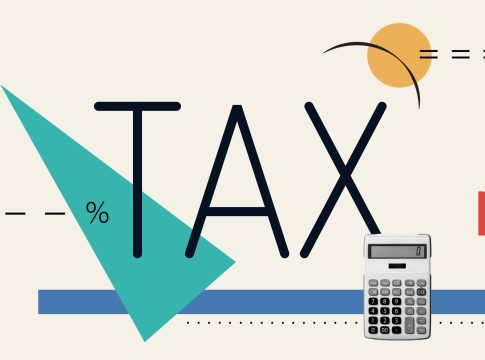Understanding IRA Distributions: How One Mistake Cost Susan $50,000
When it comes to managing your Individual Retirement Account (IRA), keeping track of your tax obligations can be confusing. Just ask Susan, who recently learned a costly lesson about IRA distributions and tax-free withdrawals.
The Misunderstanding
Susan’s IRA audit revealed that she reported $50,000 as taxable income, but that amount should have been tax-free. She believed her IRA custodian would inform her about how much of her distribution was non-taxable. Unfortunately, she was mistaken — the responsibility for accurately tracking these amounts rests solely with her.
The Breakdown of Susan’s IRA
As of 2024, Susan’s traditional IRA balance was $1 million, consisting of:
- $900,000 in pre-tax contributions (including pretax amounts rolled over from her 401(k))
- $40,000 in nondeductible (after-tax) contributions
- $60,000 in after-tax rollovers from her 401(k)
In total, approximately 90% of Susan’s IRA was pre-tax, while 10% was after-tax.
The Tax Implications
In 2024, Susan withdrew $500,000 from her IRA. According to IRS pro rata rules, that withdrawal included both taxable and non-taxable portions — specifically, $450,000 was taxable while $50,000 was non-taxable. However, due to a lack of clarity and IRS Form 8606 filing, she marked the entire withdrawal as taxable income.
What Went Wrong?
Susan had filled her checks with notes like "nondeductible," hoping her custodian would track that information. However, IRA custodians are not required to keep track of after-tax amounts. Because of this oversight, when her custodian reported the distribution, they incorrectly indicated that the entire sum was taxable.
Fixing the Problem
Fortunately, there was a pathway to rectify this error. After working with a CPA, Susan was able to:
- File Form 8606 retroactively for previous years to detail her nondeductible contributions.
- File Form 8606 for the current year to accurately report her distribution.
- Amend her tax return, helping to ensure that the $50,000 was correctly classified as tax-free.
Key Takeaways for IRA Owners
To avoid mistakes similar to Susan’s, here’s what you can do:
-
Keep Records: Document all your contributions, including whether they are deductible or nondeductible. This will help ensure accurate reporting.
-
Understand Distributions: Remember that distributions from your traditional IRA are often taxed, but after-tax amounts might not be taxable. Use IRS Form 8606 whenever you take a distribution that includes after-tax funds.
- Consult a Professional: If you’re unsure about your IRA’s tax implications, seek advice from a tax professional who can help you navigate the complexities.
Looking Ahead
For future contributions, if you discover that they are nondeductible, you might want to consider putting that money into a Roth IRA instead. If you’re ineligible for a Roth contribution, discuss the backdoor Roth IRA strategy with your tax advisor for potential tax advantages.
By staying informed and organized, you can avoid costly missteps and make the most of your retirement savings. Don’t let confusion lead to unnecessary taxes; take charge of your IRA today!

Writes about personal finance, side hustles, gadgets, and tech innovation.
Bio: Priya specializes in making complex financial and tech topics easy to digest, with experience in fintech and consumer reviews.

